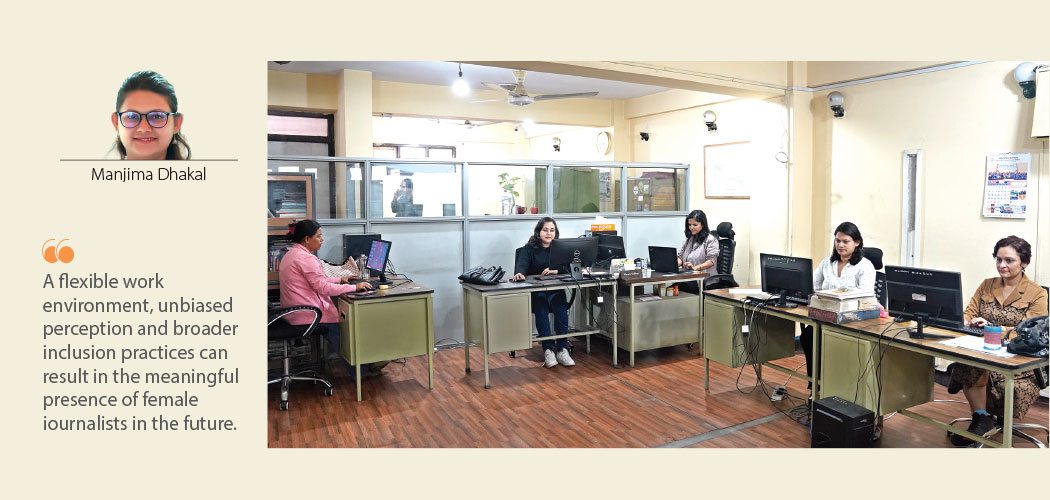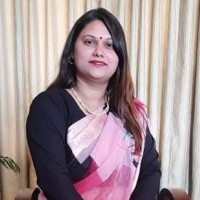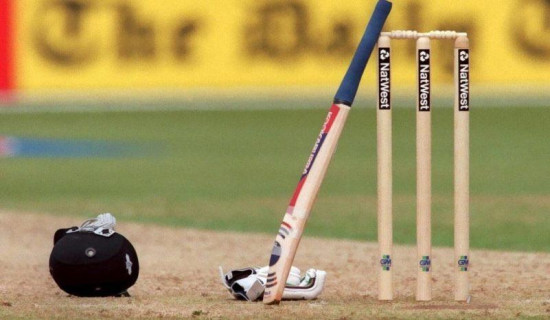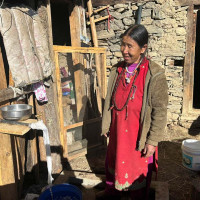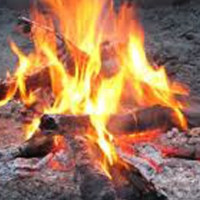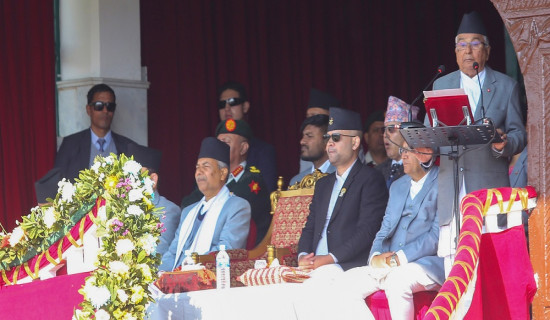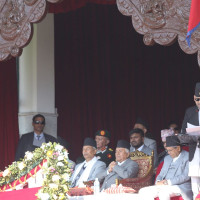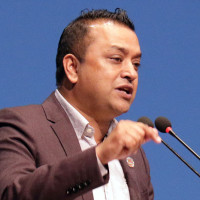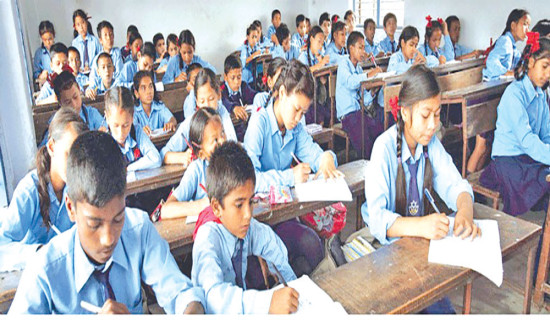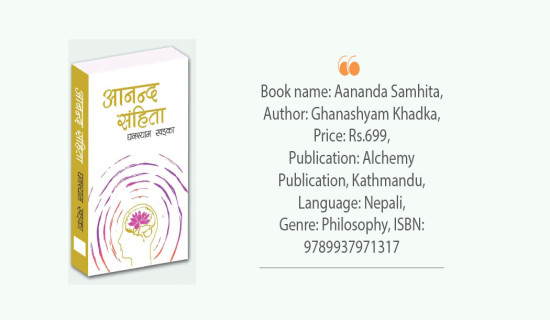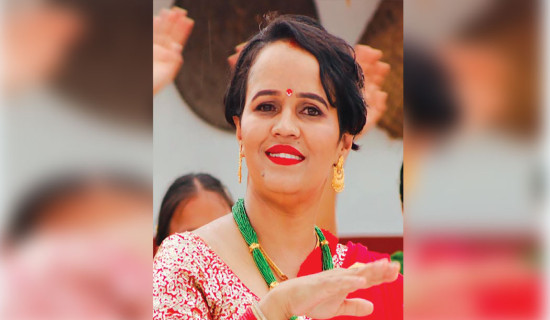- Monday, 15 December 2025
Women Carve Niche In Journalism
Gorkhapatra, the country's oldest newspaper, is considered synonymous with Nepali journalism. The pioneer daily has witnessed many ups and downs, with many promising journalists contributing to its professional growth and sustainability. Its 125th anniversary also provides an occasion to reflect on the role of women in the evolution of Nepali journalism that has been overlooked.
Women first took a plunge into journalism in 1951 with the launch of Mahila Masik, a magazine focused on women's rights and social issues. Its takeoff coincided with the historic decision of granting voting rights to Nepali women. "Women were already engaged in media as writers, columnists, and correspondents before that, but their contributions were not acknowledged," journalist and author Amrita Lamsal mentions this in her book Media, Mahila ra Ma. In her book, Lamsal states that Siddhilaxmi Shah was Nepal's first female journalist trained in international journalism. She went to the United States to receive journalism training in 1959, according to Gorkhapatra's records, which is also counted as an achievement for Nepali women.
Low proportion
Following the restoration of multiparty democracy in 1990, the increasing number of private media institutions encouraged more women to study and engage in journalism. Despite these early efforts, women continue to struggle to carve out their distinct niche in the media landscape. The number of women journalists within the Gorkhapatra Corporation (GC) is relatively small. GC has around 20 women working, a higher number than in previous decades but still a low proportion of the total staff. Those women journalists are also limited to the junior role rather than a decision-making one.
Women were traditionally limited to covering "soft news" like fashion, women, education or health. But the trend has shifted in the last few years. Women journalists have been covering politics, economics, governance, and crime actively for some time, but still, it is not satisfactory. Systemic gender bias impedes the professional advancement of women journalists to senior editorial and management positions. Despite a relatively secure environment, the under-representation of women in leadership positions within government media has led to limited influence over editorial content and policy. Prevailing patriarchal attitudes and a lack of adequate mentorship have prevented them from climbing up the leadership ladder.
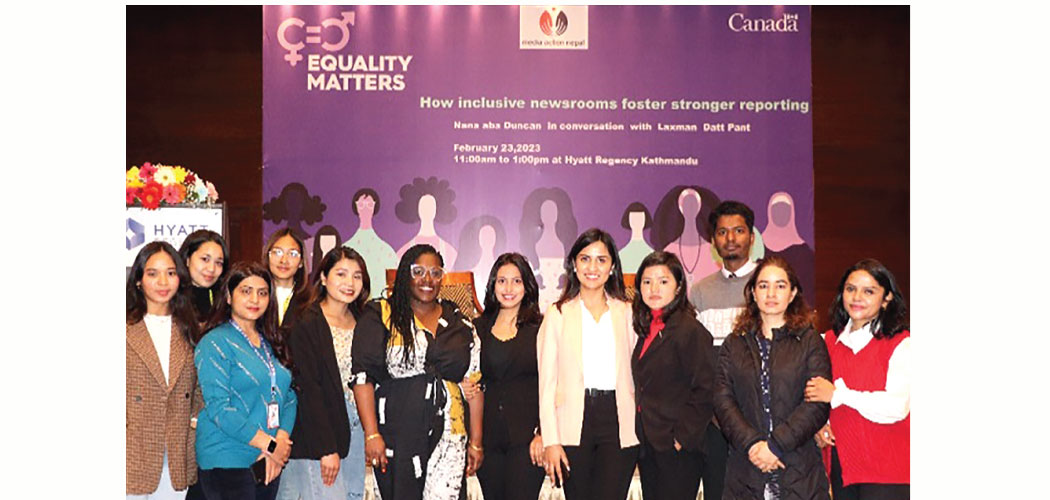
Women are gradually making strides in the media sector. Nirmala Sharma was elected the first female president of the Federation of Nepali Journalists, Sangita Khadka heads the Minimum Wages Fixation Committee, and Aarati Chataut has been in a senior role at Nepal Television – all inspiring the young generation of women to step into the media realm.
Ram Krishna Adhikari, FNJ treasurer, said that the FNJ statute is an example of promoting inclusiveness. It has incorporated affirmative action policies, ensuring the representation of women in leadership positions. "The statute has flexibility in offering membership and considers gender equality and social inclusion," Adhikari stated. FNJ had 2,408 registered women members in its latest count out of a total membership of 13,078 nationwide. Currently, the FNJ has 1,742 female members out of 9,340 total members nationwide.
The individual experiences of senior female journalists show just how far Nepali media have come and how much further it has to travel. Sharma, FNJ president, said that many would-be journalists dreamed of joining Gorkhapatra due to its fact-based and responsible reporting track record. She believes that the publication set the standard of ethical journalism, which many fail to abide by, owing to the tendency to disseminate news instantly. "Women journalists working in the state-owned media like Gorkhapatra Corporation face fewer incidences of workplace harassment compared to those in the private sector, primarily due to job security," she asserted. However, the women have not taken up managerial roles, even in government media, and this must change for true inclusion, Sharma emphasised.
Harikala Adhikari, a senior journalist who retired from GC sometime back, argued that while the form of government in Nepal has changed, the mindset within media houses remains essentially the same. "There is still a patriarchal mindset that creates hurdles for women journalists," she said, adding that problems vary, which must be addressed through focused efforts to enhance professionalism and merit-based opportunity.
Ila Sharma, a former senior journalist of The Rising Nepal, offers a different perspective. She joined the newsroom at 21 and began working in an environment where gender roles were clearly defined. Initially, I was asked to do only soft stories. I think it was a gender bias," she recounted. Her big break came when she began writing editorials just a few years into the job. She specialised in reporting on law, trade, and politics and even covered parliamentary proceedings. Sharma recalls writing impactful editorials on women's work. "I used to wonder why illiterate women were being employed only as housemaids. I wrote about how they could be trained to become drivers or electricians."
"Within a few months, women were seen driving for INGOs. I like to think my words helped push that transformation," she claimed. "Despite a positive work environment at The Rising Nepal, the absence of basic amenities, including women's restrooms, presented a significant obstacle for female journalists, notwithstanding their increasing numbers," she added.
Women are reporting stories and shaping public opinion on issues that could be overlooked in the absence of gender parity. Women must cover gender-based violence, health rights, economic empowerment, and social justice. Representative storytelling allows democratic debate and institutions to become accountable in more representative terms.
Meaningful presence
Gorkhapatra's anniversary necessitates a critical examination of its gender representation. While women have long worked in various roles, they have been confined to limited positions, or their work has remained invisible. The organisation requires increased female representation in journalistic leadership positions and enhanced participation in managerial decision-making. Nepali media have come a long way since the early years, and women have been at the forefront of that journey, albeit with limited recognition.
Women's voices matter for the diverse perspectives, as more women in media means broader and more balanced storytelling. Women journalists challenge stereotypes and contribute to more inclusive, democratic discourse. Therefore, a flexible work environment, unbiased perception and broader inclusion practices can result in the meaningful presence of female journalists in the future.
(The author is a journalist at The Rising Nepal.)

